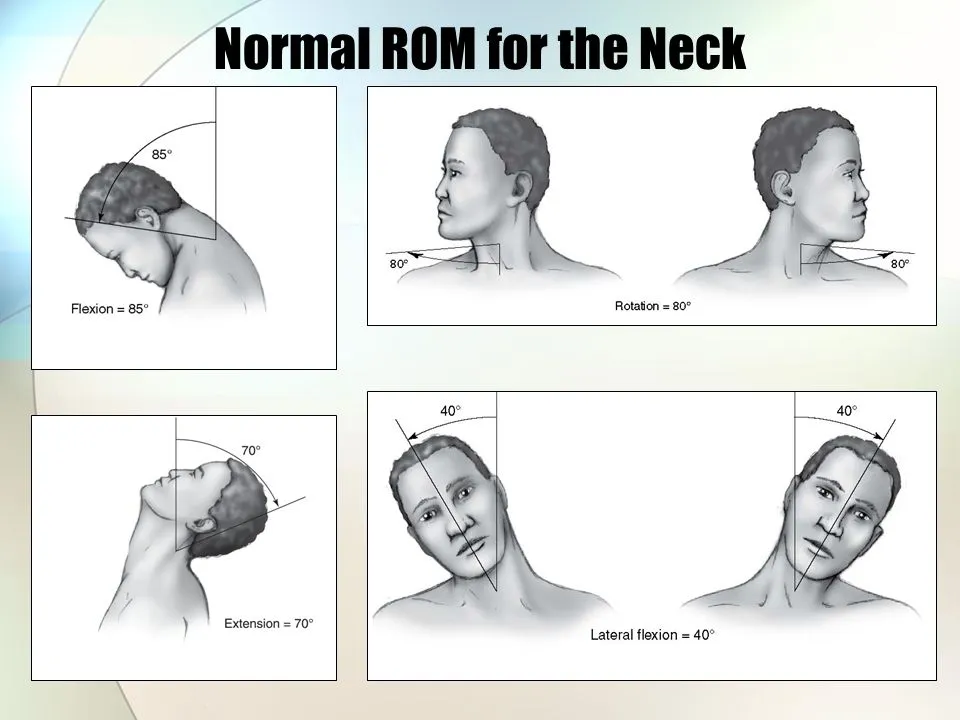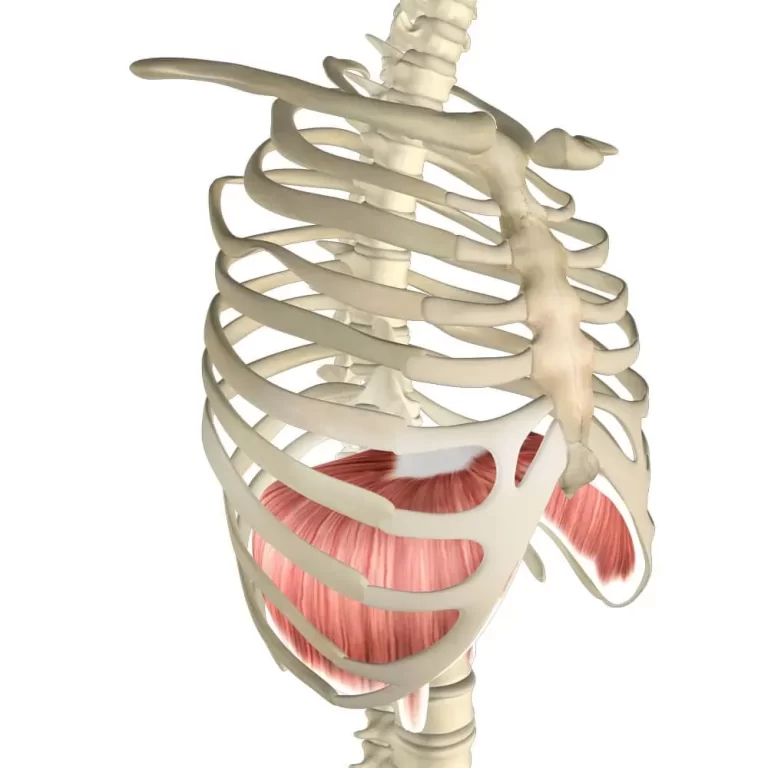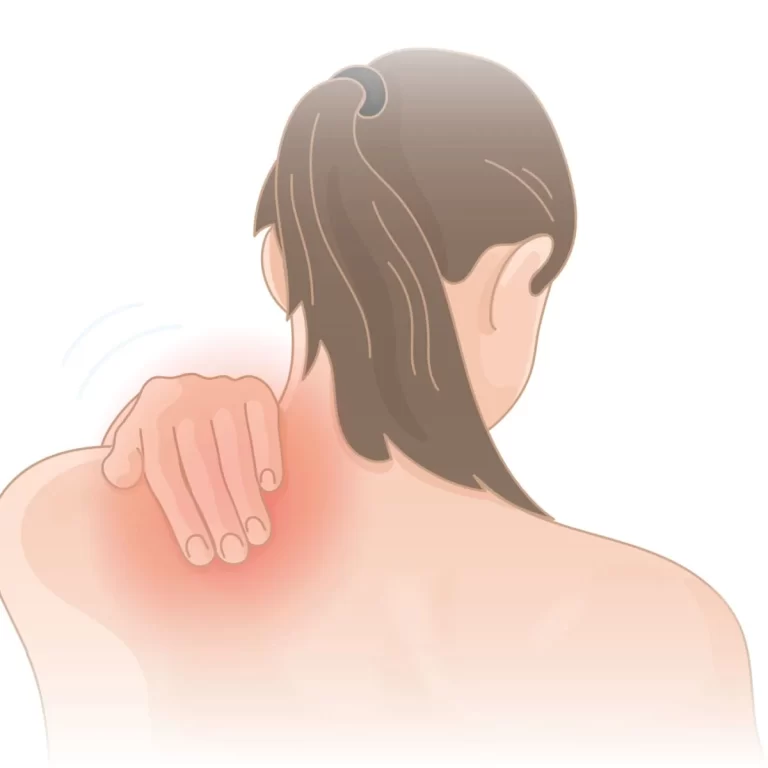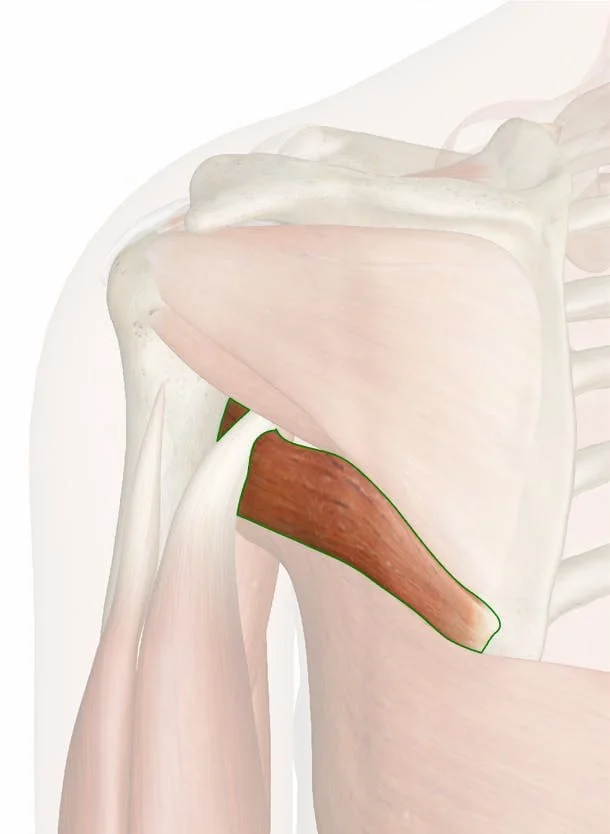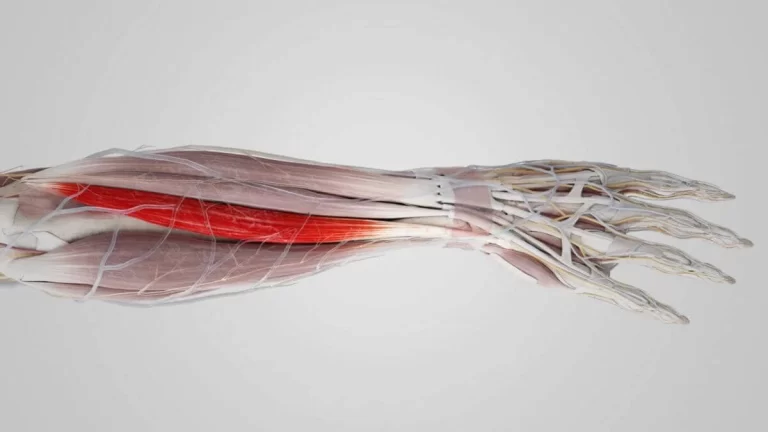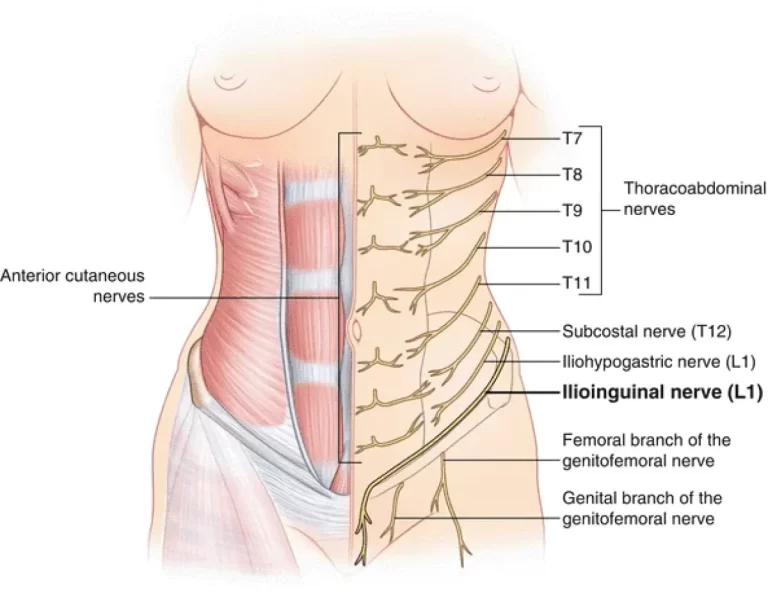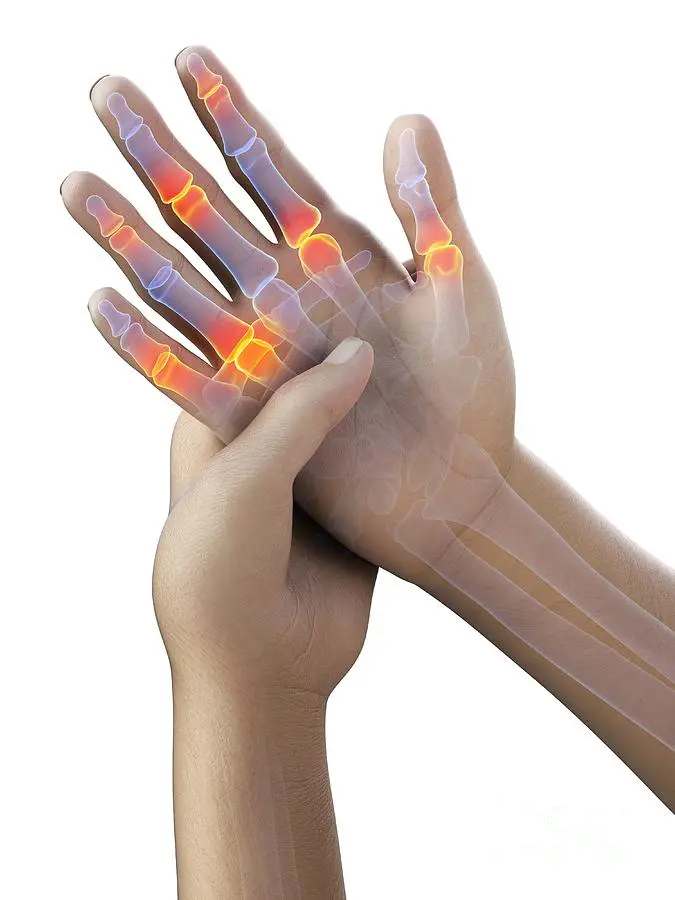Cervical Lateral Flexion
What is Cervical Lateral Flexion?
The cervical spine or neck may move on either side to tilt the head toward the shoulder. The term “cervical lateral flexion” describes this movement. To put it briefly, it is a lateral neck bend that does not include head rotation but rather puts the ear closer to the shoulder.
The seven vertebrae that make up the cervical spine are separated by intervertebral discs, providing range of motion and flexibility. The cervical spine can move in a variety of ways, including flexion (bending forward), extension (bending back), and rotation (moving the head from side to side). These motions include lateral flexion.
For daily tasks like looking over your shoulder, cocking your head to the side to listen better, or performing different motions during sports or exercise, lateral cervical flexion is required. It’s critical for maintaining the stability and health of the cervical spine and surrounding muscles to prevent pain and damage.
Muscles of the cervical lateral flexors
The cervical lateral flexors are a group of muscles that can cause your neck to be laterally bent, allowing you to tilt your head sideways. By bending the neck to the left or right, these muscles work together to shift the ear close to the shoulder on the same side. The lateral cervical muscles that are most crucial are as follows:
- Sternocleidomastoid (SCM): This muscle is easily visible when the head is turned and is situated on the sides of the neck. It connects the mastoid process through the temporal bone’s clavicle (cleido-) and sternum (sterno-); when the SCM contracts on one side, the neck bends laterally to the opposing side.
- Splenius Capitis and Splenius Cervicis: These deep muscles are located on either side of the spine. While the splenius cervicis attaches to the transverse processes of the upper cervical vertebrae, the splenius capitis adheres to the mastoid process. The neck’s lateral flexion and extension are facilitated by both muscles.
- Levator scapulae: The levator scapulae muscle’s basic function is to raise the scapula; it can also help with unilateral lateral neck flexion.
Other muscles:
Additionally, the rectus capitis lateralis, longus colli, and trapezius muscles aid in the cervical spine’s lateral flexion.
These muscles, when combined with other neck muscles, provide stability and range of motion to the cervical spine.
Cervical Lateral Flexion Range of Motion
The range of motion in the cervical region describes how much the neck can bend or flex laterally. Usually, it is measured in terms of degrees of mobility from a neutral position, which is head forward and chin level.
- For lateral cervical flexion, the entire range of motion is around 90–100 degrees, with an average of 45–50 degrees on each side. Individual variances may exist, though, and a range of motion may be impacted by variables like age, physical condition, prior injuries, and anatomical variations.
- The cervical spine must maintain proper posture and be suitable for day-to-day activities. Any restriction or pain you feel during lateral cervical flexion could be due to joint stiffness, muscular strain, or other underlying problems.
- Neck movement can be maintained and improved with the use of stretches, strengthening exercises, good posture, and ergonomic modifications. For a proper evaluation and individualized suggestions, it is advised that you speak with a physician or physical therapist if you have severe neck pain or limitations. They can assist in recognizing such issues and developing a suitable exercise or therapy program to deal with them.
How to Assess Cervical Lateral Flexion Range of Motion
The cervical lateral flexion range of motion can be found with a simple self-assessment. Use these procedures to help you measure your cervical lateral flexion:
- Find a quiet, comfortable spot to sit or stand that keeps your feet flat and your back straight. Try to keep your neck in a neutral position with your chin forward and level.
- Marking a reference point: Marking a reference point is helpful if you wish to quantify the range of motion precisely. You can use tape, or a marker, or simply remind yourself where the earlobe is without moving the head.
- Do a test: To make it easier to bring your ear to your shoulder, tilt your head slightly to the side.
- Avoid lifting your shoulders during the exercise and maintain a relaxed posture. Hold the ideal position for a moment, feeling for a slight stretch on the opposite side of the incline. Avoid turning your head while doing this. Only lateral bending must take place.
- Check the angle: Use a protractor or the protractor app on your smartphone to find the angle formed between your head and shoulder. The neutral position should be used as the reference point, and the angle indicates the extent of lateral bending.
- Do the same with the opposite side: Measure the angle while performing the same lateral bend.
- The cervical lateral flexion range of motion can be measured by adding the angles measured on both sides with the total range of motion.
As previously stated, the typical range is between 90 and 100 degrees.
Avoid applying pressure to places that are unpleasant or uncomfortable throughout the assessment, and make sure to do it carefully.
Cervical Lateral Flexion Special Test
Medical professionals can perform particular tests to assess cervical lateral flexion. Assess any possible limitations or problems. These tests can be used to diagnose disorders affecting the neck muscles and cervical spine. The following are two common special tests to check for lateral cervical flexion:
Cervical lateral flexion test (Spurling test):
The purpose of this test is to determine whether compression of the cervical nerve roots results in pain when bending laterally.
Actions: The examiner usually stands behind the patient while he sits or stands.
The examiner assists the patient with lateral bending to the other side, such as tilting the head to the right.
To compress the nerve root, the examiner can gently tilt the patient’s head to the side while they are flexed.
The test continues on the opposite side (e.g., by tilting the head to the left).
Interpretation: If the side of lateral flexion is painful or exhibits radicular symptoms (pain, tingling, or numbness radiating down the arm). Increased compression may worsen symptoms, which could be a sign of irritation or compression of nerve roots.
Lateral bending test
The purpose of this test is to evaluate the upper cervical spine’s transverse ligament’s integrity and look for possible instability.
Actions: The examiner typically stands behind the patient while he is seated.
To do the examination, the examiner places one hand on the patient’s forehead and the other on the back of the spinous process C2, which is the bony hump at the back of the neck.
The patient is told to bend to the side by the examiner (e.g. tilt the head to the right).
A gentle posterior force is applied on the forehead or back of the head by the examiner as the patient bends laterally.
Interpretation:
If the C1 vertebra moves forward too much in comparison to the C2 vertebra, this could be a sign of upper cervical spine instability caused by a ligamentous injury.
Cervical Lateral Flexion Exercises
Strengthening and increasing the range of motion are two benefits of performing exercises that enhance cervical lateral flexion. These exercises need to be easy and painless to complete. Before starting an exercise program, it is best to speak with a doctor or physical therapist if you have neck issues or concerns. To enhance cervical lateral flexion, try these exercises:
Neck lateral flexion stretch:
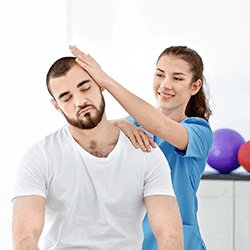
Both when standing and when sitting, maintain a straight back and relaxed shoulders.
Position your right ear on your right shoulder as you gradually bend your head to the right.
Apply pressure with your right hand to the left side of the neck where you feel a slight strain.
After taking a deep breath, hold the stretch for 15 to 30 seconds before releasing it.
Repeat the stretch on the left side. Place your left ear on your left shoulder while keeping your head bent to the left.
Isometric neck side flexion Exercises :
You can sit or stand comfortably if your shoulders are relaxed and your back is straight.
Place the right hand over the right ear. with your hand holding the motion.
Use your hand to apply consistent pressure and hold the isometric contraction for 5 to 10 seconds. The isometric exercise can be repeated on the left side by placing the left hand on the left head.
SCM Stretch (Sternocleidomastoid Stretch):
Sitting or standing, maintain a straight back and relaxed posture.
Turn right and look at your right shoulder. Your left ear should rest on your left shoulder if you keep your head slightly to the left. Apply pressure with your left hand to the right side of your head. Your neck will stretch further if you apply light pressure to the right side of it.
After 15 to 30 seconds of holding the stretch, repeat on the other side.
Shoulder Shrug:
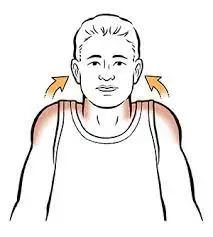
When you’re standing or sitting, keep your shoulders relaxed and your back upright.
Take your time and raise your shoulders as high as you can.
For a few seconds, hold your shoulders, and then release them.
Perform ten to fifteen shoulder exercises.
Don’t move jerkily or suddenly when doing these exercises.
FAQs
What are the benefits of lateral flexion?
Including lateral flexion in your core training strengthens your trunk, which, in addition to physical activity, aids in weight redistribution and center of gravity maintenance, preventing falls and improving stability.
What is the cervical lateral flexion prime mover?
The sternocleidomastoid, anterior, middle, posterior, splenius capitis and splenius cervicis are the main muscles involved in lateral neck/head flexion.
What is the typical range of lateral flexion for the neck?
According to Kendall et al., cervical lateral flexion should be 40 degrees, although the AAOS recommends 45 degrees. It was discovered that the lateral flexion values of 42 and 41 degrees for the left and right sides of the body in this study were similar to the reference values.
How to improve cervical side bending?
Your fingers should be interlaced at the base of your spine.
Try to tilt your head to the right as much as you can while lowering your left shoulder.
For 15 to 30 seconds, hold this posture.
Go back to the beginning.
Take the other side.
Repeat on each side three times.
Which exercise is best for neck pain?
Exercises such as chin tucks, neck rotations, side bends, and shoulder blade squeezes, in addition to proper posture and frequent aerobic activity, can help relieve neck pain.
References:
- Patel, D. (2023j, July 29). Cervical lateral flexion – movement, ROM, exercise. Samarpan Physiotherapy Clinic. https://www.samarpanphysioclinic.com/cervical-lateral-flexion/
- 2025, april, 26. (n.d.). https://www.google.com/search?q=cervical+lateral+flexion+special+test&oq=cervical+lateral+flexion+special+test&gs_lcrp=EgZjaHJvbWUyBggAEEUYOTIICAEQABgWGB4yDQgCEAAYhgMYgAQYigUyDQgDEAAYhgMYgAQYigUyDQgEEAAYhgMYgAQYigUyCggFEAAYgAQYogQyCggGEAAYgAQYogQyCggHEAAYgAQYogQyCggIEAAYgAQYogTSAQkyMDU0MGowajeoAgCwAgA&sourceid=chrome&ie=UTF-8

